‘Economic warfare’: China leaves Australia ‘caught in no man’s land’
An epic showdown between China and the USA is looming – and it poses a huge threat to Australia and the entire global economy.
“Hold onto your hats. It’s going to be a hell of a ride.”
Monash University Chair in Politics and Economics, Dr Remy Davison, has added his voice to a growing clamour of concern for the future of the United States’ – and, therefore, the world’s – economy.
“Let’s face it, everyone loves a circus,” the high-profile analyst states.
“But will the world economy combust as the United States’ economic policy U-turns under Trumpenomics? And how will this risky, highwire act impact Australia?”
The election of Donald Trump as the 47th president of the United States has come at a tumultuous time for global markets.
An undeclared international trade war is already well underway.
China is unashamedly using its power as the world’s second-largest economy to coerce and intimidate nations that won’t conform to its policies. It’s making friends with authoritarian nations such as Russia and North Korea by building alternative international currency exchange and trade networks.
And it got to that position of strength through what some are calling “economic fifth generation warfare”.
This has been going around, let me explain as a manufacturing guy what you are seeing:
— Greg Koenig (@gak_pdx) November 10, 2024
Economic 5th Generation Warfare
That is 100% what this is. The CCP subsidizes every aspect of these operations with the express intent of destroying America’s prototype and production… https://t.co/IjRQSp4rvD
For decades, the Communist Party has subsidised every step of the corporate process – from development to start-up, company to international player.
It controls the prices and supply of electricity, rent, transport and raw materials.
It selectively chooses which foreign corporations are allowed access to the country.
It limits and directs foreign investment while restricting access to foreign auditors.
And it has been repeatedly accused of giving its companies a technological leapfrog through an organised intellectual property theft campaign.
Now, Mr Trump’s mercurial mood has been returned to the mix.
“Trump means what he says when it comes to tariffs,” says Atlantic Council economics director Josh Lipsky.
“So his return to the White House signals that the United States is likely headed toward another trade conflict, and this time it won’t be limited to US trade with China.
“Yet waging this war is going to be harder and more costly than many around the president currently expect.”
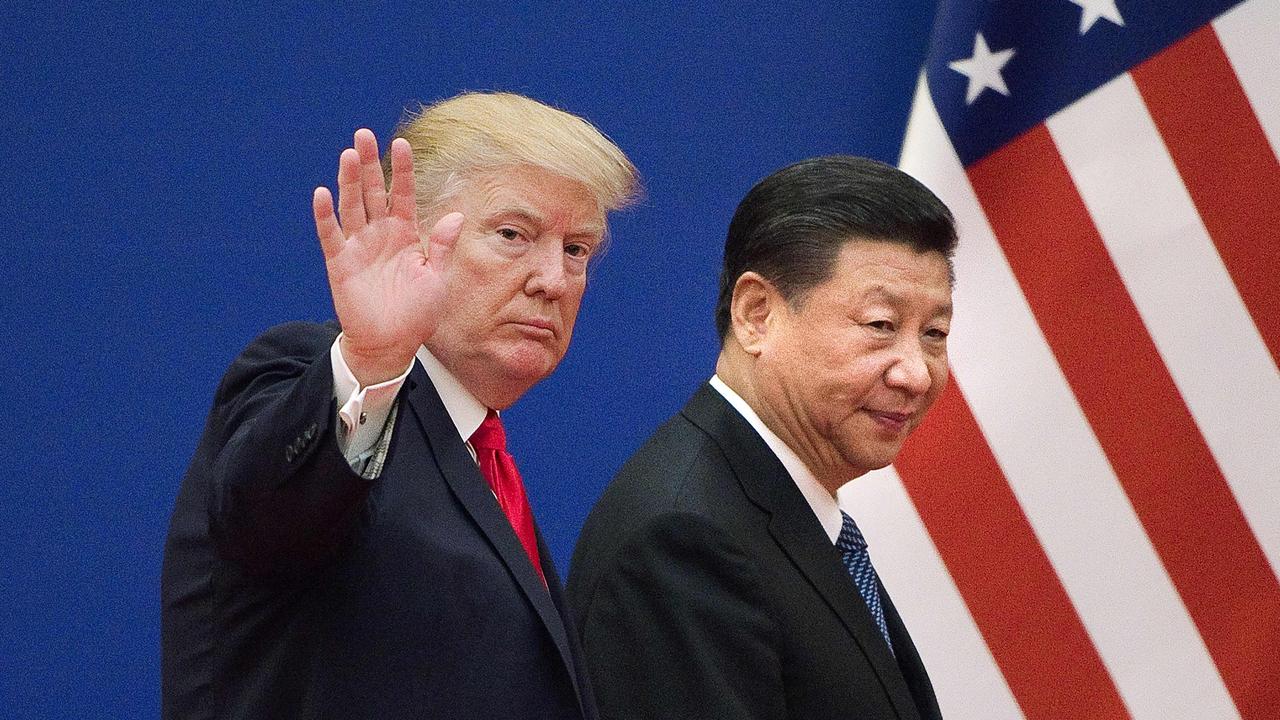
End of an era
The concept of a rules-based world trade system emerged after World War II to reduce cross-border conflict. And Washington DC was in a position of economic and military strength to guide, enforce and ignore this trend as it unfolded on the international stage.
The Soviet Union’s competing Communist philosophy of global order collapsed in 1991. China had already changed course in 1978 towards a market-led economy in a bid to recover from Chairman Mao’s devastating “Cultural Revolution”.
But it never fully embraced the US ideology of unfettered capitalism.
Instead, many analysts argue that the Chinese Communist Party used state-based subsidies, party-imposed corporate directors, trade restrictions and investments to exploit the rules of the trade game in its own favour. And it set out with a decadal plan to build itself as a new economic and military superpower.
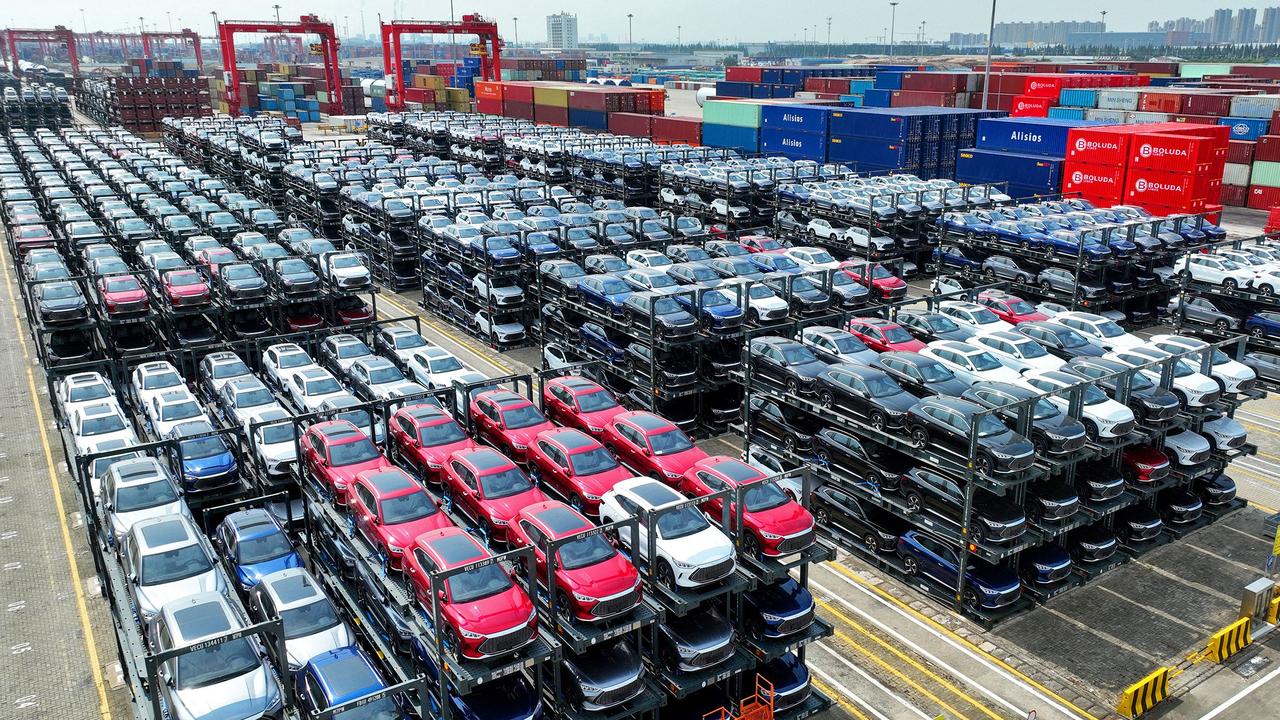
“China has marshalled its economic and informational tools toward achieving the core goals of its grand strategy and foreign policy: preserving the rule of the Chinese Communist Party (CCP), protecting national sovereignty and territorial integrity, and promoting economic development as a pillar of elite and public support for the CCP,” argues Carnegie Endowment analyst Audrye Wong.
It’s a scenario that threatens to leave Australia “caught in no man’s land”, adds the Australian Strategic Policy Institute’s (ASPI) David Uren.
“The tension in Australia’s position is shown by the different attitudes towards trade, where the government has sought to rebuild Chinese exports and foreign investment, where national security concerns are now paramount,” he explains.

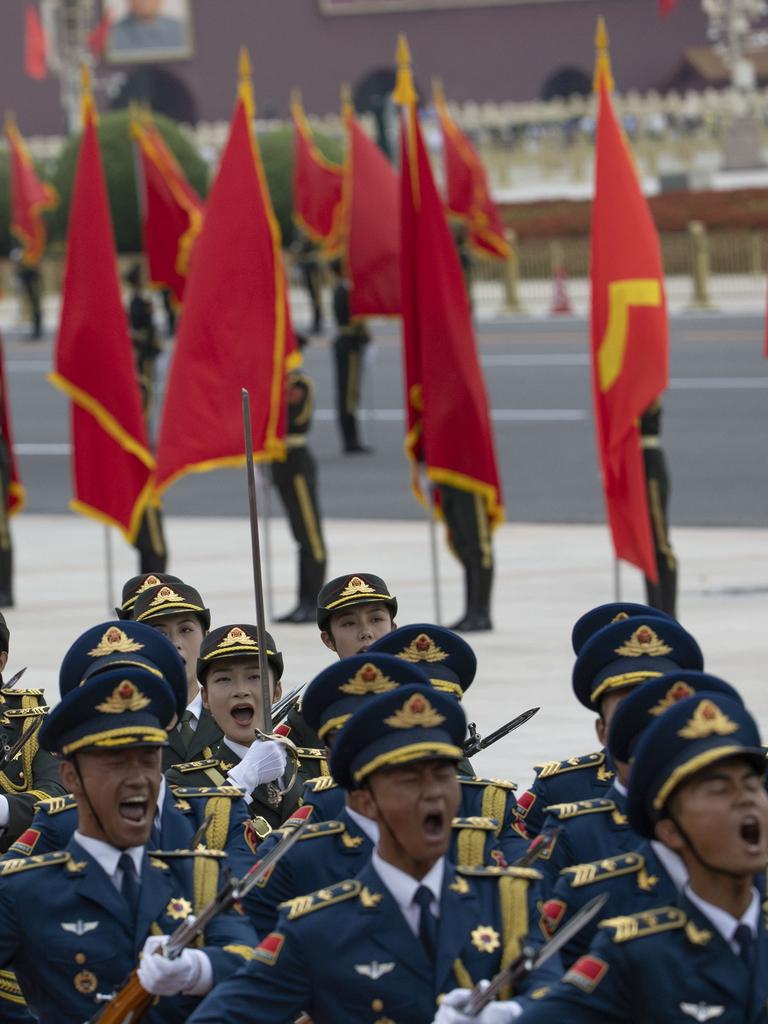
Contest of equals
“China is a rising power, but it’s also a risen power. It’s already virtually our equal,” argues director emeritus of the US Carnegie Endowment for International Peace.
And the race for global supremacy has long since come out into the open.
Beijing is “the most serious long-term challenge to the international order”, US Secretary of State Antony Blinken declared in 2022.
It’s easy to see why the White House feels threatened.
Beijing is the world’s biggest creditor for developing countries.
Its economic base is strong enough to challenge the US dollar.
It’s building its own trade forum, the BRICS+ Group, with Brazil, Russia, India and South Africa.
It is increasingly confident in using its military and economic strength to intimidate other nations and get what it wants.
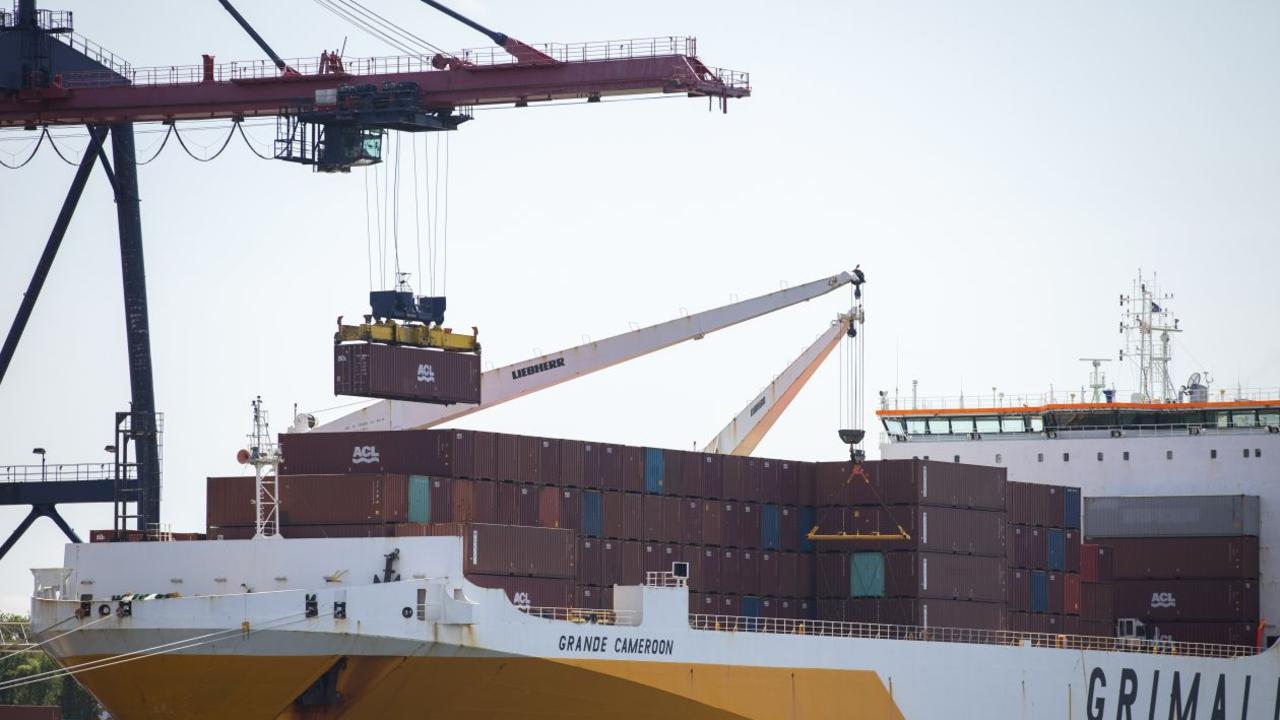
And its increasingly autocratic single-party government is not concerned about hypocrisy.
“In the eyes of the United States, international rules must be subordinate to and serve its interests,” China’s foreign policy spokesman Zhao Lijian retorted to Blinken’s statement. “When international rules happen to be consistent with US interests, they are cited as authority. Otherwise, they are simply ignored.”
Such a standoff can only end in disaster, says Bergsten.
“We have to treat China as a real equal. Both countries need to pursue functional decoupling and work together where they can agree to disagree. But (they must) avoid any kind of overall blanket condemnation of each other, which would be poison and grease the skids toward a new Cold War – if not worse.”
Global playground
“What will the opening salvo in the new trade war look like?” asks Lipsky.
“The most important takeaway about the second Trump trade wars is that they will follow the formula of all sequels – more action, more locations, and higher stakes,” he predicts.
“But the results are far from guaranteed.”
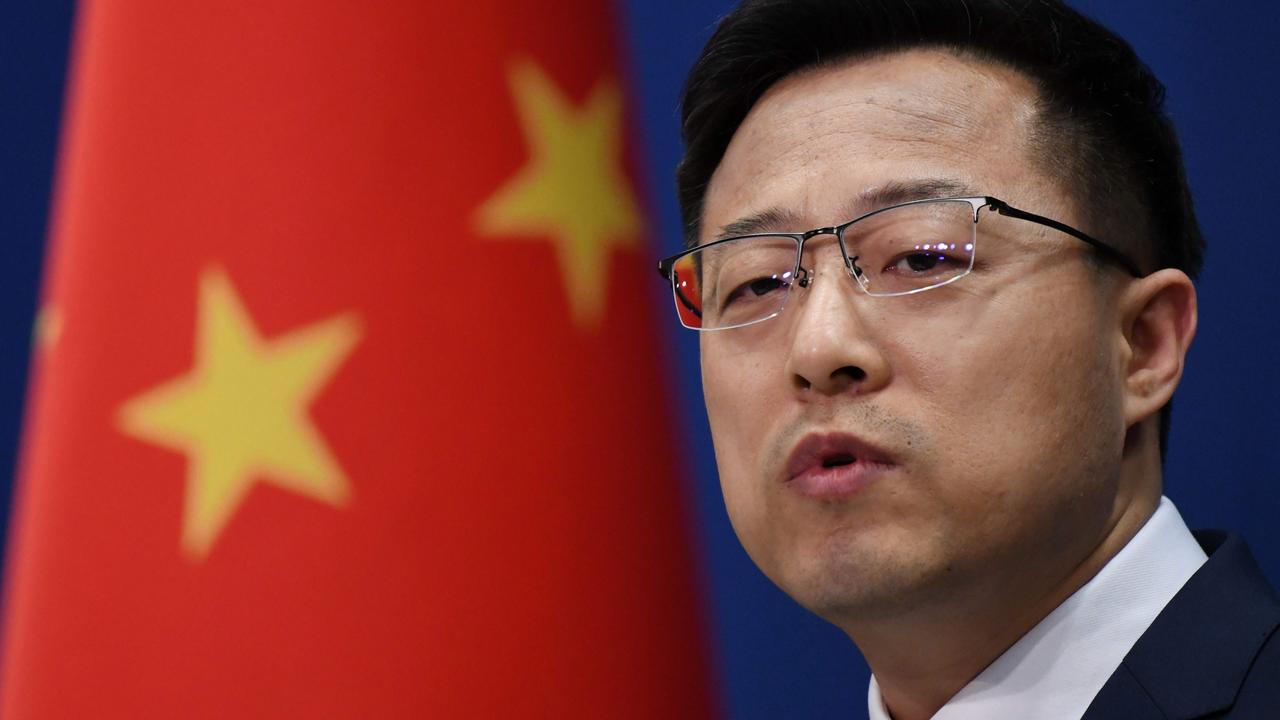
He doesn’t expect Mr Trump to wade into a trade war, all guns blazing.
Instead, it will start with “a probing exercise instead of a full-scale assault”.
“It likely will start on January 20 with an attempt by Trump to revive the phase one trade deal he negotiated with China at the end of his first term,” Lipsky explains.
That’s when Chairman Xi Jinping promised Mr Trump he would buy more US agricultural goods to help balance the trade deficit.
It never happened.
Now, Mr Trump argues tariffs would end inflation and boost manufacturing and employment, and even lower the cost of food and housing.
But few economists understand how.

Instead, they fear tariffs of between 50 and 60 per cent on Chinese goods and 10 to 20 per cent on all other imports will only push up prices – and trigger retaliatory tariffs on US goods.
Bloomberg Economics states Trump’s tariffs would double inflation from its current rate of nearly 2 per cent to 3.7 per cent by the end of next year.
“Think Australia is largely immune from all this? Think again,” argues Monash University’s Davison.
“Australia has ‘imported’ inflation as the US dollar has appreciated dramatically post-Covid.
“Most of what we import (petroleum, cars, computers) have to be paid for with US dollars. As the Australian dollar has remained in the 60-cent range, this has been like setting a pyromaniac loose on domestic inflation. That’s why the RBA has kept interest rates high for a prolonged period – to defend the Australian dollar exchange rate.”
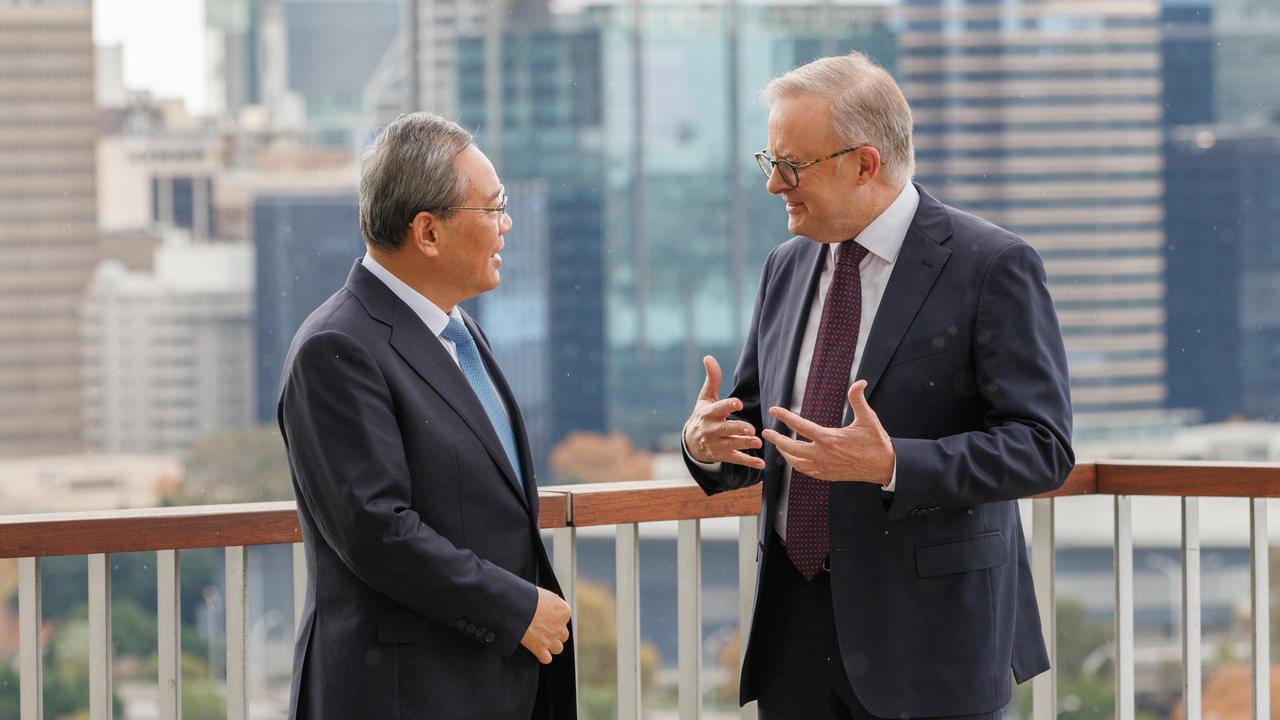
Tariff troubles
“Trump’s focus on tariffs is not simply a negotiation tactic, as some on Wall Street are hoping,” warns the Atlantic Council’s Lipsky.
A key indicator of this will be former US trade representative Robert Lighthizer’s role in Mr Trump’s new cabinet.
“(He) sees the world less in terms of allies and adversaries and more in terms of countries that run trade surpluses and those that run trade deficits with the United States,” states Lipsky.
But the global economy is not as robust as when Mr Trump was first elected to power in 2017.
Then, Germany was an economic powerhouse. Now, it is on the verge of recession.
China’s “miracle” economy was also powering ahead. But it’s since suffered a debilitating collapse of its vastly over-inflated property market.
Global trade is teetering. Enormous cargo ships and tankers are being attacked regularly in the Red Sea. The bread basket of Ukraine – the source of up to 20 per cent of the world’s grain exports – is languishing in its third year of war with Russia.
And the world has long since begun to choose sides.
“Trade has been falling everywhere since Russia’s invasion of Ukraine, but it has been falling twice as fast between the blocs of nations centred on the United States and China as it has between nations within those blocs,” argues Uren.
“Where Australia sits in a division of the world between rival blocs is not clear. An IMF analysis of the impact of global fragmentation on commodity markets earlier this year assigned Australia to the ‘China-Russia’ bloc, rather than the ‘US-Europe’ bloc.”
That puts Australia at risk of becoming “collateral damage” in a US-China trade war, warns Davison.
“Our two biggest exports – iron ore and thermal coal – power the Chinese economy,” he explains.
“When the US, China’s biggest market, slams its tariff doors shut, Chinese firms will need less iron ore and less energy.”
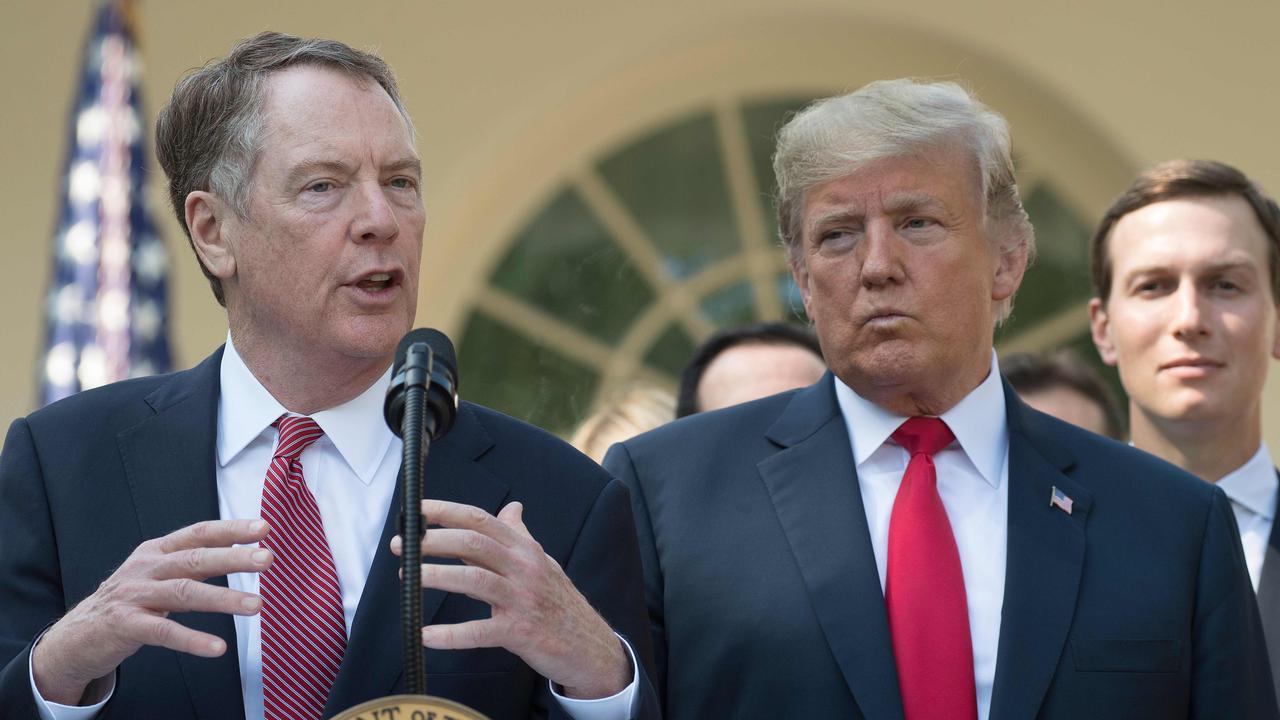
You get what you pay for
“Both US allies and adversaries have had time to adapt to Trump’s methods,” argues Lipsky. “They now understand how he operates, how trade threats may or may not turn into trade action, and what levers they can pull in return to avert the worst outcomes.”
Distinguished professor of international politics Daniel Drezner is more direct in his assessment.
“The former and future president is a strong believer in using coercion, such as economic sanctions, to pressure other actors,” he writes in Foreign Affairs.
“He also subscribes to the ‘madman theory’, in which he will threaten massive tariff increases or ‘fire and fury’ against other countries in the firm belief that such threats will compel them into offering greater concessions than they otherwise would.”
Mr Trump’s transactional approach to foreign policy is well-established.
He backed off on criticising Beijing over the violent repression of Hong Kong, ethnic cleansing in Xinjiang and the arrest of a Chinese executive of the tech giant Huawei on corruption charges – all in exchange for a better trade deal.
“Also keep a close eye on India, a country that Trump recently labelled a ‘very big abuser’ of trade,” Lipsky adds.
“Indian Prime Minister Narendra Modi is hoping that his personal relationship with Trump helps his country avoid the early wave of action.”
Meanwhile, the world is bracing itself.
“We’re clearly entering a world of tariff wars,” French President Emmanuel Macron warned this week.
“We’re going to be caught up in the trade war with China … It could be tariffs for everyone.”
Jamie Seidel is a freelance writer | @JamieSeidel






